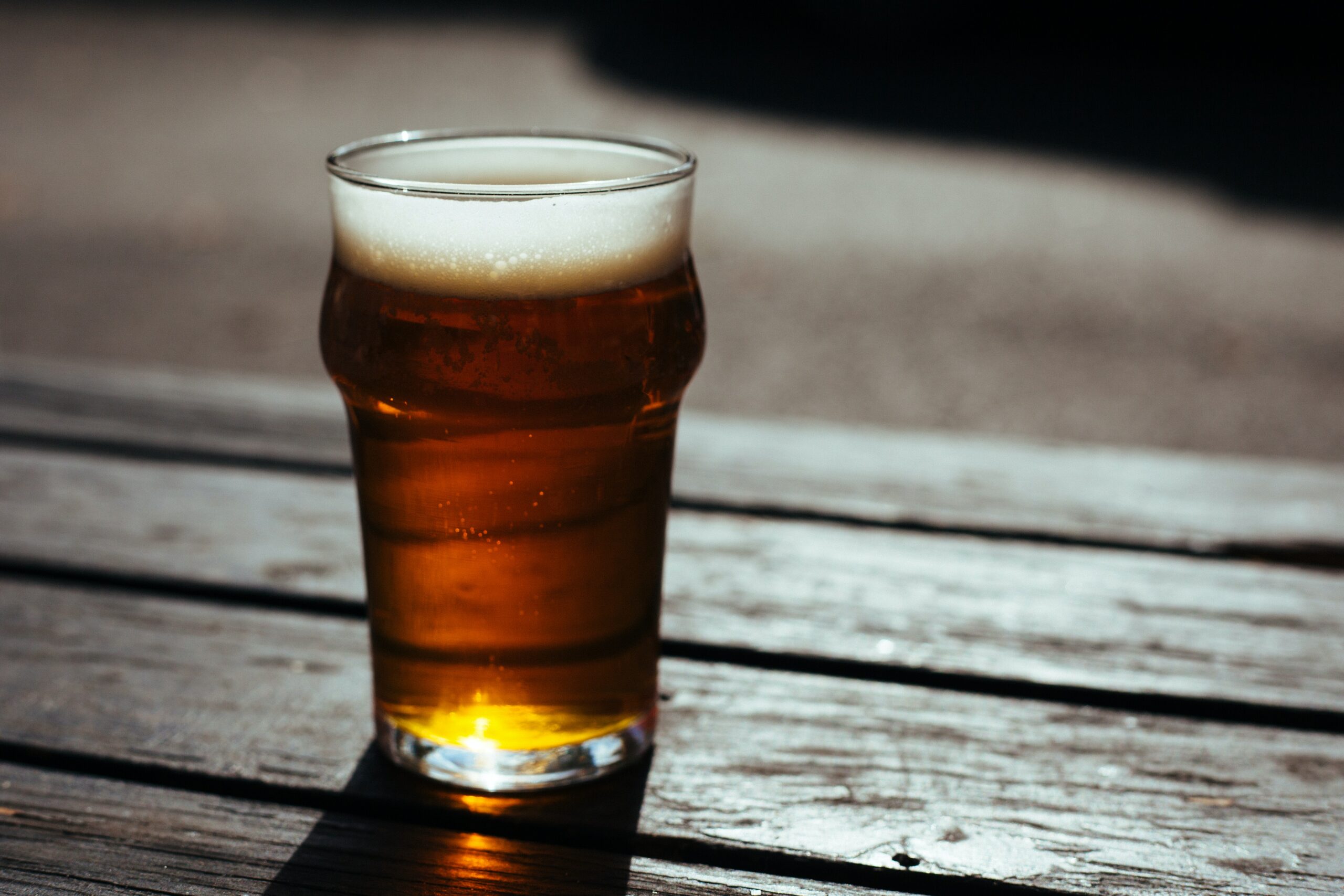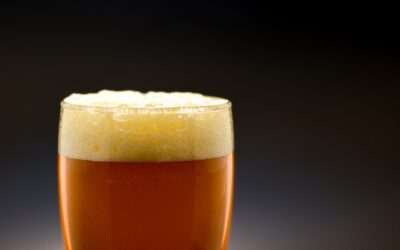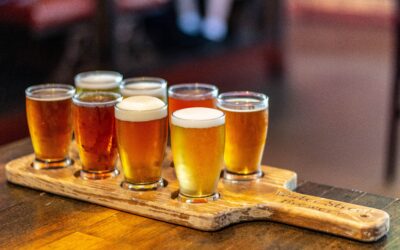Back in 1975 the number of ales produced worldwide by commercial brewers was between five and ten thousand. Today, there is somewhere between a quarter and half a million. Ale brewing is where the craft beer revolution happened.
To a significant extent the ‘new’ types of beer that have stood the test of time since first capturing beer drinkers’ collective imagination, represent a return to brewing as normal, from before the era of Prohibition and the First World War, assisted by improved technology and better ingredients.
The array of ales in current production is so huge that making sense of it, is challenging. Any system for doing so must account for the style’s colour, which might technically be White, Blond, Golden, Pale, Amber, Red, Brown, or Black, say, though many styles come in several colours. Equally various style clusters need to be acknowledged, e.g. Pale Ales & IPAs, Porters & Stouts, Barley Wines & Strong Ales, and so on – though these can overlap confusingly at the margins. Finally, to a European in particular, the idea of organising by country of origin has a certain appeal, though national borders vary over time, and the historical origins of a country rarely coincide with its current national identity.
Instead, for now at least, although our listing acknowledges colour, type and origins, the top-level breakdown of the ales category divides them into three main clusters, defined primarily by alcohol content. We have called these Session-, Sampling-, and Sipping-strength, decided by intent rather than arbitrary percentages of ABV. In other words we have defined the type of beer based on how it is used. This way, we hope to have brought a more orderly approach to the subject than it may deserve.
Session-strength ales
The term session-strength beer, or session beer, originated in North America in the 1990s, and refers to beers of roughly 3.5 to 5% ABV, which in most cultures make up the largest part of beer sales, both in bars and the take-home trade …
Sampling-strength ales
We have invented the term “sampling-strength” to cover those styles that are more complex and higher strength than session beers, but should not be considered as a strong beer. In this range are found some of the most characterful beer styles of all.
Sipping-strength ales
Most European countries have a tradition of stronger beer styles, often appearing mostly or exclusively during in the winter months, to as late as Easter. Because lager yeast add fewer flavours to a beer, these tend to be ales.








